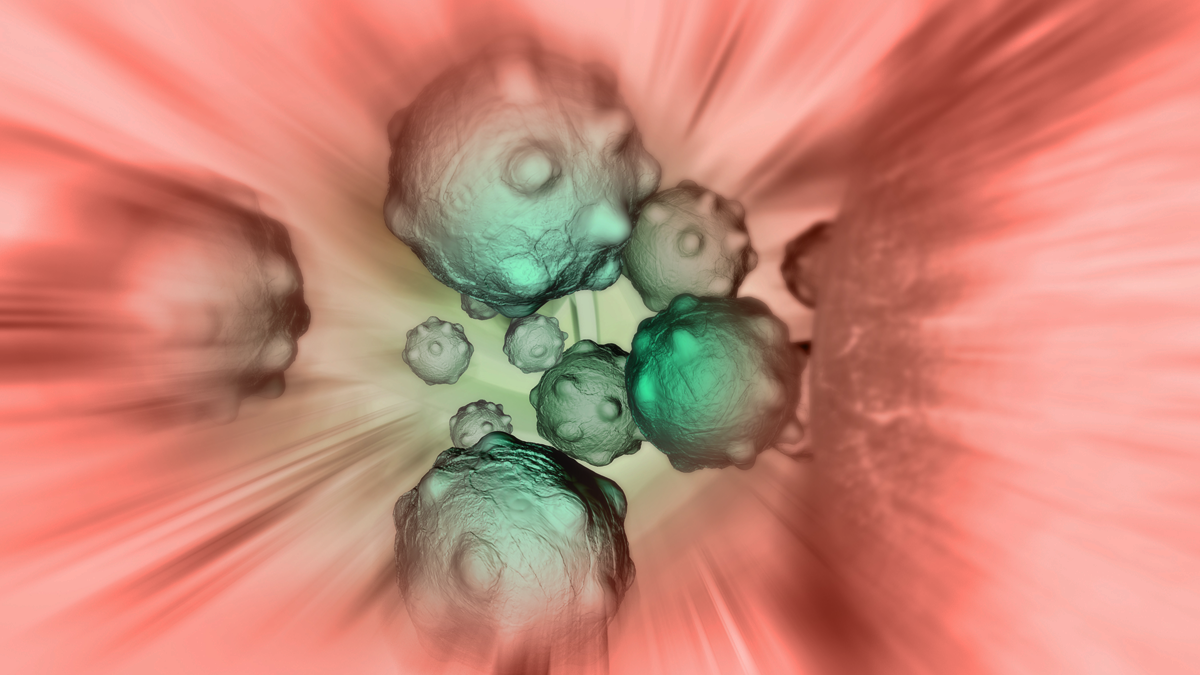

Dynamic Processes
Redefining What’s Possible in Dynamic Process Research
In order to gain a comprehensive understanding of the behavior of complex biological systems, it is necessary to study fundamental dynamic processes taking place on the millisecond scale. To visualize these dynamic processes in real time and characterize dynamic mechanical properties, techniques are required that have both a high temporal and spatial resolution.
New state-of-the-art imaging technologies with scanning speeds of up to 50 frames per second enable the high-speed study of the time-resolved dynamics associated with cellular processes and the binding mechanisms of individual biomolecules. It is now possible to investigate signaling events, molecular recognition and the individual binding force of specific molecular interactions and intercellular adhesion.
Studying the dynamics of individual protein binding behavior, motor proteins and membrane trafficking in real-time, or visualizing the disruption of cellular junctions following antibody binding or structural changes as they occur in the native membrane protein bacteriorhodopsin is now possible with intuitive, easy-to-use techniques.